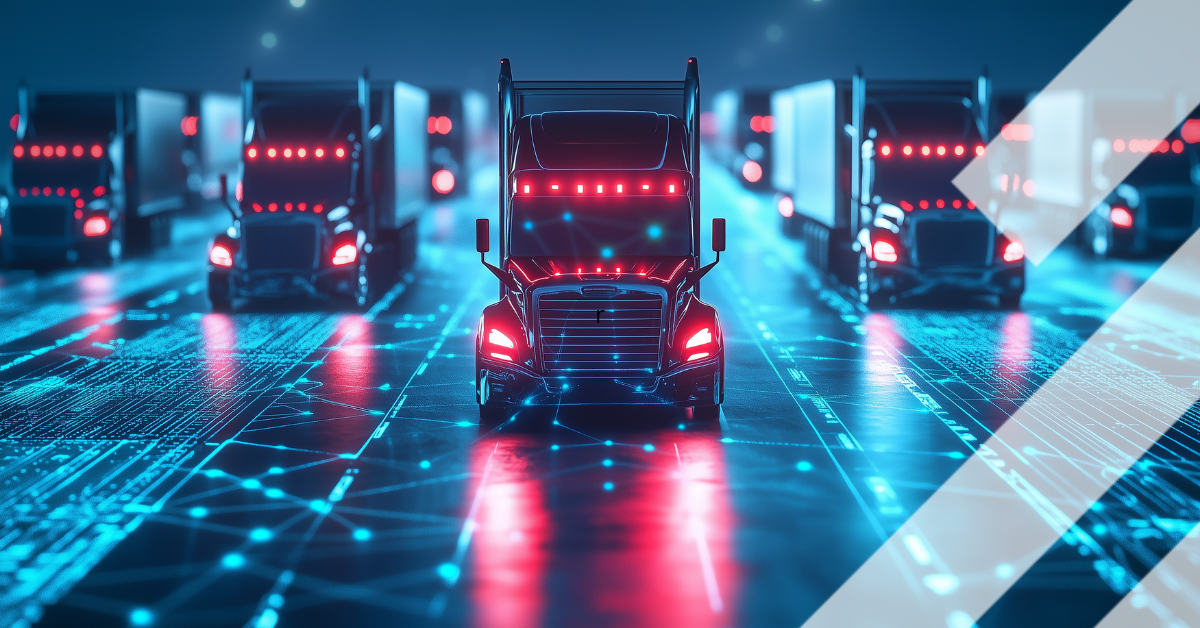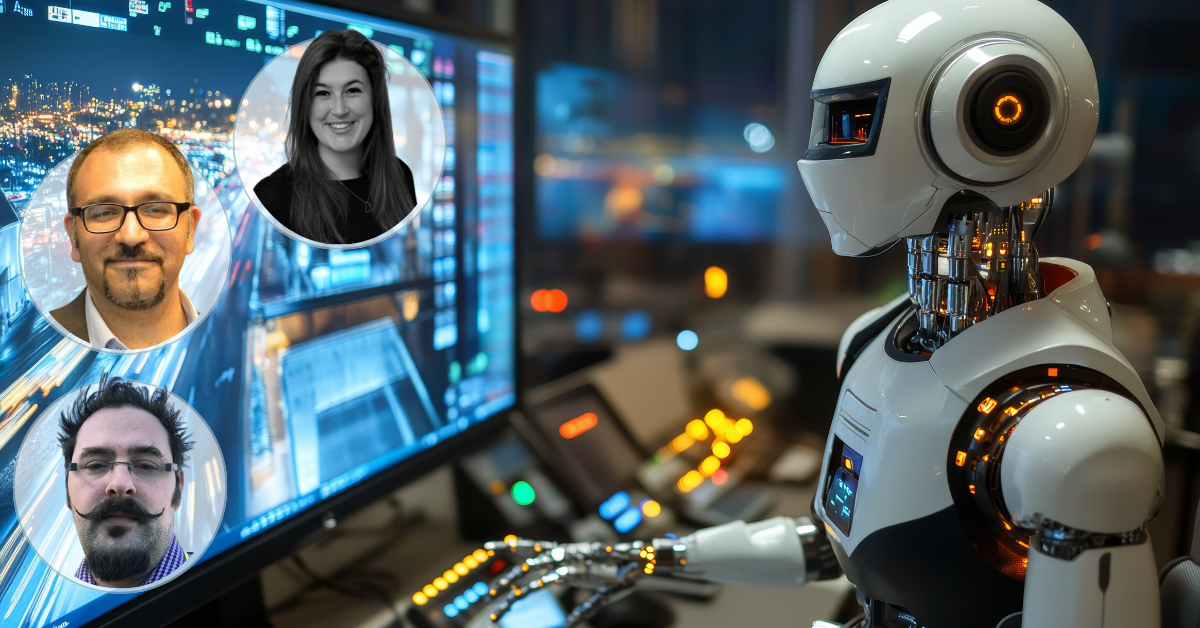Artificial intelligence (AI) and Machine Learning (ML) are having an ever-increasing influence on mobility. Is it even possible to speed the mobility transition without the aid of AI? In this feature we focus on some AI’s untapped capabilities in smart mobility that won’t remain untapped for long.
What is Artificial Intelligence and Machine Learning?
Despite the terms often being used interchangeably, Artificial Intelligence (AI) and Machine Learning (ML) are, ostensibly, not the same thing, but can be (and often are) easily confused. So what’s the difference?
Forbes magazine, in an article published in December 2016, put it very succinctly. “Artificial Intelligence is the broader concept of machines being able to carry out tasks in a way that we would consider “smart”. Machine Learning is a current application of AI based around the idea that we should really just be able to give machines access to data and let them learn for themselves.”
In terms of the mobility sector the potential for AI is almost limitless. We use AI, knowingly or otherwise, multiple times every day. Its influence can range from changing traffic flow based on particulate matter emissions to a social media platform showing you an advert for a product you have just talked about in a mobile phone call.
Artificial intelligence, real promise
For Keith McCabe, CEO of Huddersfield, UK-based Simplifai Systems, the untapped power of machines that think for themselves is a hugely exciting prospect in the smart mobility universe.
“Think about how the pandemic has influenced travel and how we've done things over the last two years - the questions around travel, around making that journey have changed. It’s now ‘should we?’ How do we do it? When do we do it? And by what mode?’ Those questions have come more into play now than they ever have done and if you look at the way that AI has influenced all of those decisions, even something as straightforward as an Amazon delivery arriving at the door, has dramatically changed the way travel patterns happen,” explains McCabe.
“When people order goods online and it’s delivered in a particular time slot, that is managed by some of Amazon's AI systems. Even the suggestions around what you should buy and should it be on Prime influence how much traffic we get on the roads.
“You've then got the various effects in terms of whether people work at home or whether they're going to an office, what times you might go and do your shopping, or what times you might use particular facilities, you can then see that actually, people are booking stuff more. And when you're booking you're using all of those AI support systems, but you've also been influenced around when and where you should book and how you should move around.”
‘When people order goods online and it’s delivered in a particular time slot, that is managed by some of Amazon's AI systems.’
AI: Manage, analyze, act
McCabe believes that once we emerge from the ongoing effects of the Covid-19 pandemic it will reveal just how much of a mobility paradigm shift we have lived through.
“The way I would see things developing post-pandemic and into a transition period is that we’ll be at the beginning of a new kind of travel management issue. We’ll then start to join trends together, looking at the bigger data patterns and how those data patterns can be analyzed, used and managed more in real time.”
Talking of data, McCabe is effusive in his belief that AI’s capabilities in that sphere are set to propel the CAV sector further and faster.
“If we're going to have a discussion around how potentially AI can make a leap forward, we must look at its use in connected and autonomous vehicles. CAVs collect petabytes (1015) of data about the world around them on a daily basis, most of which is thrown away, or barely analyzed at all, apart from in the instant that it's collected. However, if you can analyze a bit more with that, we can have a much better understanding of the road network, or the other networks that connected and autonomous vehicles are used on. The more we can interpret that data the better understanding we have of those networks. Basically it's taking that vast quantity of data and turning it into stuff that can be used for other things, and coming to agreements with the organizations that are collecting those vast quantities of data to see how that information can be used. Because that, from a data perspective, gives us a much richer understanding of the world around us.”
‘CAVs collect petabytes of data about the world around them on a daily basis, most of which is thrown away, or barely analyzed at all, apart from in the instant that it's collected.’
Machines, advance
The global pause caused by the pandemic has, quite possibly, allowed the AI sector to advance at a greater rate of knots than it might have done in “normal” times, so how does McCabe see the next couple of years, from an artificially intelligent point of view?
“I'll start with something like video analytics, as it used to be called, or image recognition as it's called now, and I'll cite an example from transport and maybe a different example from the pandemic. So from a transport perspective, what's been good with advances in image recognition is a lot of cities been able to implement systems where they can see people and cycling and get a much better understanding of how pedestrian movements and cycle movements have changed during the pandemic. Through the image recognition that has been deployed in a number of cities, and has been overlaid on top of some of their CCTV systems that they have, which means we actually know that it's changed without that software, and without being able to detect it. It would have been all anecdotal so that's a big step forward, because it means we know it's changed. And we know that it's gone up and down. And we know now there's a need to manage it better.”
Achievable goals
One of the topics that Intertraffic has returned to regularly over the last two years has been air quality, sustainability and environmental issues. Simplifai Systems’ was predicated on the implementation of AI in traffic management scenarios to reduce emissions from idling traffic and subsequently improve air quality. As McCabe explains systems such as these can actually improve quality of life in the cities that have the solution.
“Over the last 20 years, if you look at the things that have improved, they've generally been the things that are managed, and the things that are measured, largely because the monitoring of things like air quality, has now become much easier,” he explains. “Due to the amount of sensors you can deploy, the collection of real-time data has become easier. You can get a much better spatial understanding of what's going on. If you're then able to do calculations from various scenarios and turn them into emissions, you can then turn air quality, or specifically, the achievement of net zero into a real operational goal. If you've then got some form of AI system that is goal-centred you've got the potential to manage the outcomes, to achieve goals, like improved air quality, and the achievement of net zero.”
‘Over the last 20 years, if you look at the things that have improved, they've generally been the things that are managed, and the things that are measured, largely because the monitoring of things like air quality, has now become much easier.’
Measure, visualize, manage
“We’re now able to use the data that wasn't previously available. To get a better spatial understanding, we use the emissions calculations that are now much more refined than they ever have been. And use those as operational goal data that goes into operational goal setting. If you're not able to measure it, or visualize it, you're unlikely to be able to manage it. However, if you can measure it, and you can visualize it, you're then likely to manage it. The will and the desire to improve air quality and reduce carbon emissions are definitely there.”
Will, in this case, refers to political will, something that renders all this talk useless if it isn’t part of the equation.
“This sits very high in the policy agenda and has done for quite some time. What's been lacking is that ability to turn it into a real-time issue. I think it's something that the energy industry have had some success with, to say that you can have zero carbon energy, or not zero carbon energy, and manage things like that. And we'll tell them if we can do the same in the transport sector - you can then see that with home deliveries as a perfect example, you can have the zero carbon home delivery.”
More than automated vehicles
Moving slightly away from mobility, McCabe pays tribute to Simplifai Systems’ co-founder James Blackwood.
‘Al has enabled the medical sector to produce pixelated images of lung X-rays that can determine whether somebody's got COVID and how severe it is, within the space of minutes.’
“This isn’t necessarily mobility-related, but I wanted to mention an incredible AI application that James has been heavily involved in. He’s managed a project that has looked at the use of AI image processing to carry out early diagnosis of COVID using a similar principle to what's been done with recognizing people on pixelated images. They've managed to produce pixelated images of lung X-rays that can determine whether somebody's got COVID and how severe it is, within the space of a few minutes. So you can see that certain techniques that have been developed within AI, like image recognition, can give you the core technique, and then it's up to practitioners to use them to solve a very real world pressing problem. Those principles can be applied to mobility – and are being applied to mobility. The game has changed.”




